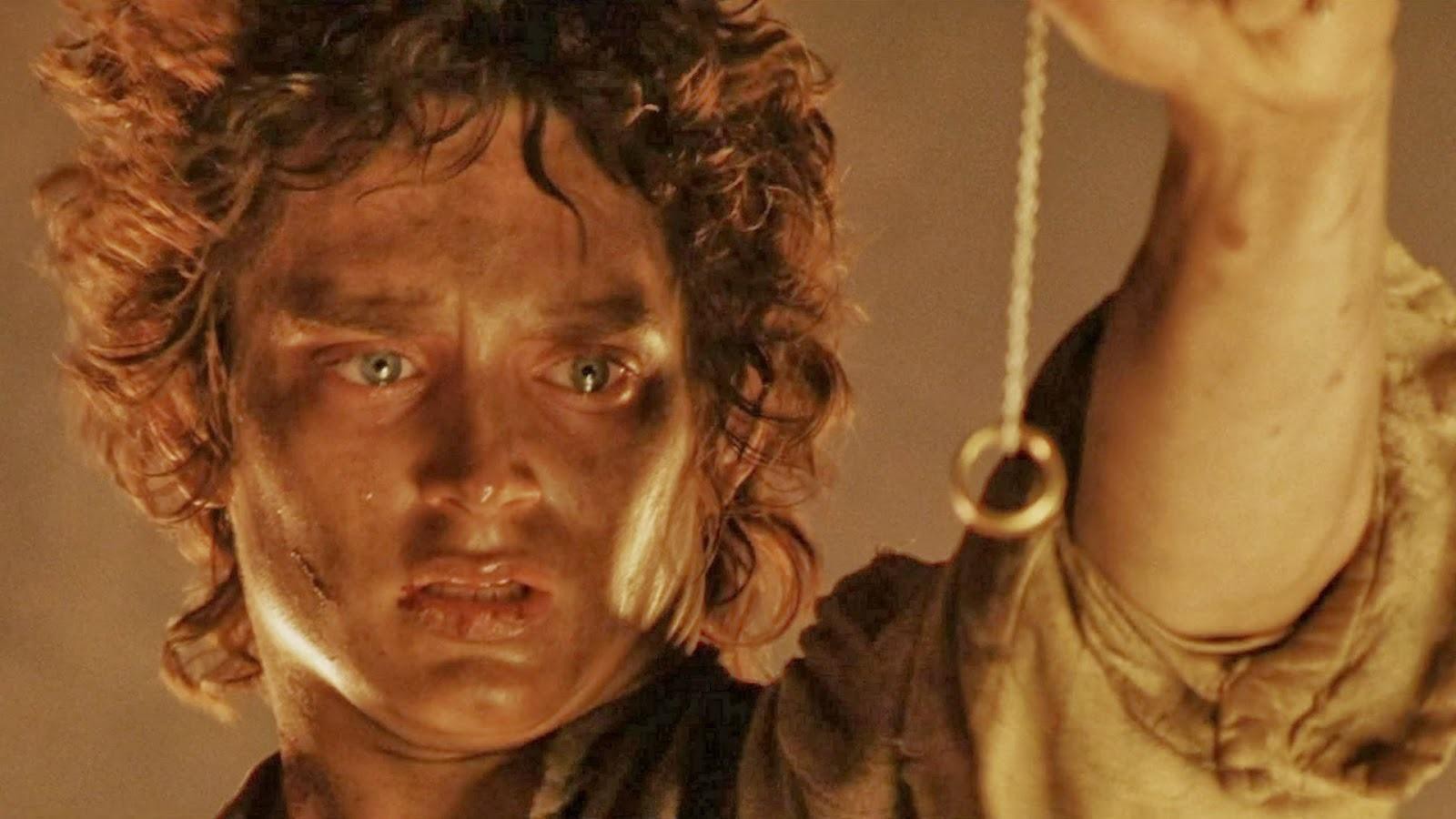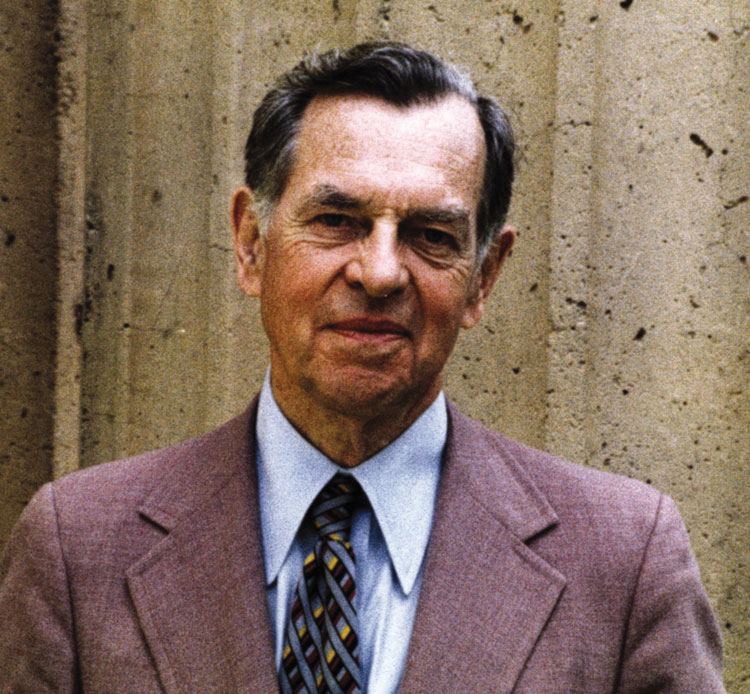The Hero’s Journey

 The “Hero’s Journey” is a classic story structure that’s shared by stories worldwide. Coined by academic Joseph Campbell in 1949 and based on work by Carl Jung, the term refers to a wide-ranging category of tales in which a character ventures out to get what they need, faces conflict, and ultimately triumphs over adversity. This journey can be a battle with external challenges that may show up in many forms, or it may be about an inner journey of facing one’s own demons. Ultimately, the Hero’s Journey is about facing your fears and either growing or dying from that experience.
The “Hero’s Journey” is a classic story structure that’s shared by stories worldwide. Coined by academic Joseph Campbell in 1949 and based on work by Carl Jung, the term refers to a wide-ranging category of tales in which a character ventures out to get what they need, faces conflict, and ultimately triumphs over adversity. This journey can be a battle with external challenges that may show up in many forms, or it may be about an inner journey of facing one’s own demons. Ultimately, the Hero’s Journey is about facing your fears and either growing or dying from that experience.
This journey is never without peril, but the hero is always transformed. Think for a moment of Frodo Baggins who undertook the journey of returning the One Ring to the fires of Mordor. When he returned, he could no longer live in his old world. He simply didn’t fit there. Consider Neo in The Matrix. By the end of the third movie, he had lost his sight but regained his vision. He saw the world through eyes that were literally different.
The journey is often described in terms of Archetypes, or recognizable patterns that occur through history and across cultures. There are many such patterns, but the four used my work with man are the Lover, Warrior, Magician and King.
The Hero’s Journey also requires facing the parts of ourselves that we would rather hide, repress and deny… the parts that Jung describe as Shadows which represent aspects of ourselves that we disowned as a child. These shadows live in our unconscious as the energy and beliefs. Shadows can be limiting in a negative way (e.g. “I am not good enough”) or even in a positive way (e.g. “I am afraid of my own power”). Ultimately, the Hero’s Journey requires us to face and integrate those shadows, a process which is in itself, trans formative.
Are you on a Hero’s Journey? Perhaps you are but haven’t yet awakened to that fact. Or maybe you are in the middle of one and looking for some help. I am in my mid-70s as I write this and I know that I am on such a journey and have been for many years. I also know that I had best get busy before I run out of time. That is why I decided, after a quarter century of preparation that it is time for me to own the fact that I am and have been for many years, a Consciousness Coach.
Given my many years of experience with The Mankind Project, I have chosen to focus my work on men who want to take their own Hero’s Journey of awakening.
The Journey
Every journey has a beginning, the journey itself and the return. Every Hero’s Journey has the same three distinct phases or “acts”.
Separation or Departure
The Separation stage happens at the beginning of the story and involves the hero waking up to the possibility that something is afoot. It happened to Frodo when the dwarves arrived at his door. It happened to Neo when a message appeared on his computer screen. And remember when Luke Skywalker learned that Princes Leia needed to get a message to Obi Wan. In the work I do with men who want to become more conscious, I label this stage as “Waking Up”.
The Initiation
This is the stage where the story unfolds. The hero faces many challenges and hurdles to overcome. He or she is tested harshly. Luke lost his hand and almost his life when he fought Darth Vader. Neo faced many copies of the invincible Mr. Smith. Frodo was almost killed many times before he could return the ring to the fire. In fact the ring itself almost got him killed. During this stage, the hero must grow up and face these challenges, and I use the term “Growing Up” to describe how we are each faced with the hard work of becoming more conscious and mature.
The Return
The final stage of the Hero’s Journey is often called the denouement or “resolution”. It is typically the end of the journey, but it can also be the beginning of a new journey of even further transformation. That is why I label this phase “Showing Up”.
This website contains over 100 blog posts I have written over the years. Most of them have been revised and updated as I build this website, and virtually everything I write about involves some aspect of Waking Up, Growing Up or Showing Up as a better man.
But Wait! There’s More!
Campbell was a student of Carl Jung and the concepts of Archetypes and Shadow.
Archetypes
There are many descriptions of archetypes. One I like a lot is “The 12 Common Archetypes” by Carl Golden. What follows is a transcription of the first few paragraphs of his web page, followed by a summary of Jung’s 12 Archetypes.
The term “archetype” has its origins in ancient Greek. The root words are archein, which means “original or old”; and typos, which means “pattern, model or type”. The combined meaning is an “original pattern” of which all other similar persons, objects, or concepts are derived, copied, modeled, or emulated.
The psychologist, Carl Gustav Jung, used the concept of archetype in his theory of the human psyche. He believed that universal, mythic characters—archetypes—reside within the collective unconscious of people the world over. Archetypes represent fundamental human motifs of our experience as we evolved; consequentially, they evoke deep emotions. Although there are many different archetypes, Jung defined twelve primary types that symbolize basic human motivations. Each type has its own set of values, meanings and personality traits. Also, the twelve types are divided into three sets of four, namely Ego, Soul and Self. The types in each set share a common driving source, for example types within the Ego set are driven to fulfill ego-defined agendas.
Most, if not all, people have several archetypes at play in their personality construct; however, one archetype tends to dominate the personality in general. It can be helpful to know which archetypes are at play in oneself and others, especially loved ones, friends and co-workers, in order to gain personal insight into behaviors and motivations.
I am only listing these archetypes here because there are several sites that have excellent descriptions of them:
The 12 Common Archetypes
Archetype Casting: The 12 Master Archetypes
12 Jungian Archetypes in Personality and Psychology
- The Innocent
- The Explorer
- The Sage
- The Hero
- The Outlaw
- The Magician
- The Regular Guy/Girl
- The Lover
- The Jester
- The Caregiver
- The Creator
- The Ruler
If you want to get a good sense of what the Hero’s Journey is all about, watch this talk by Jordan Peterson on “The Hero’s Journey in Carl Jung’s Psychoanalysis”. Or for a lighter and shorter introduction, watch the short video below.